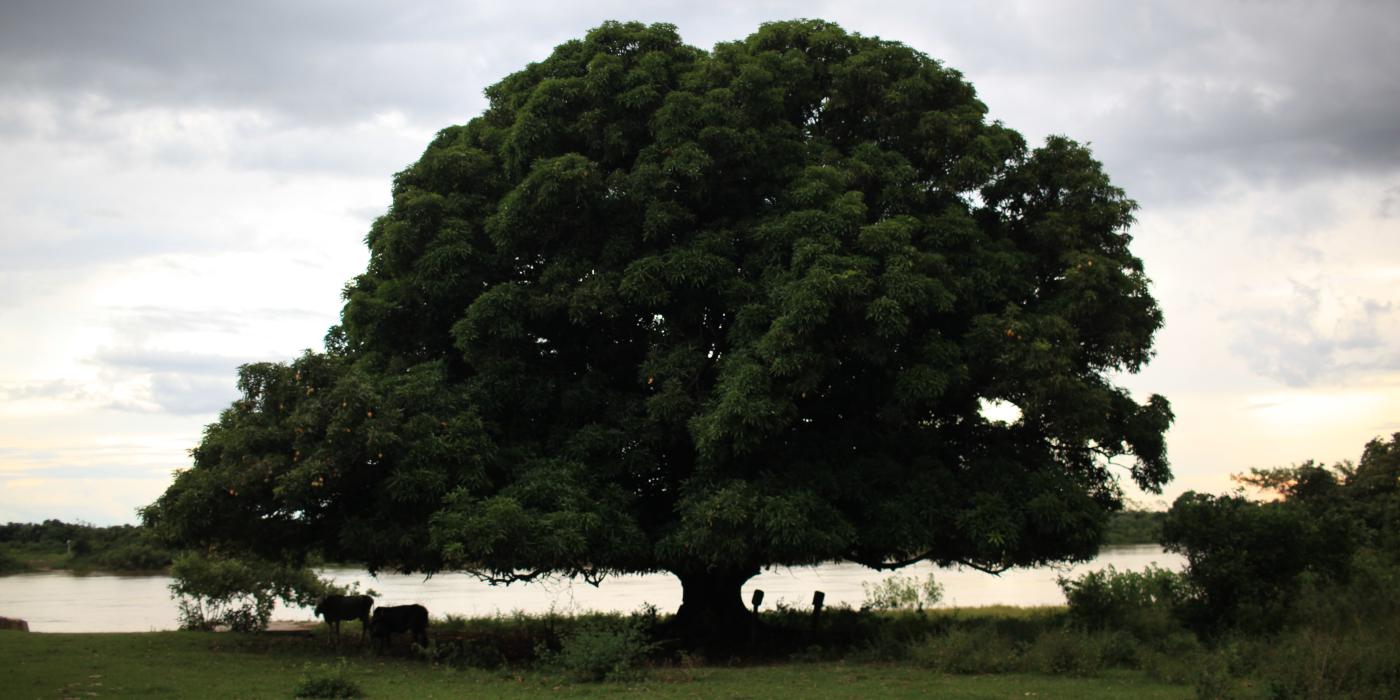Conserving the World’s Largest Working Wetland
Developing tools for sustainability and biodiversity conservation in the Pantanal
Conservation Ecology Center researchers are collaborating with institutions in Brazil and Smithsonian colleagues to support sustainable cattle ranching in the Pantanal wetland. The Pantanal is the largest wetland landscape (wetscape) in the world, covering an area of 179,000 square kilometers (about 69,112 square miles). It is shared by Brazil, Bolivia and Paraguay. The region is a globally important stronghold for many endangered and threatened species, and supports very large and healthy populations of jaguars (Panthera onca), giant otters (Pteronura brasiliensis), marsh deer (Blastocerus dichotomus) and hyacinth macaws (Anodorhynchus hyacinthinus).
The Pantanal is also an important economic region in Latin America. In Brazil, more than 90% of the Pantanal is occupied by private cattle ranches that collectively produce up to 3.8 million heads of cattle annually. Most of the cattle ranching is held over native grasses, preserving local biodiversity. The Pantanal is a rare example of a large, multi-use, “working” landscape. However, the Pantanal is beginning to change. Deforestation is deepening landscape changes, especially along the eastern border of the floodplain.
To support the sustainable, traditional cattle ranching system in the Pantanal, the Brazilian Agricultural Research Corporation (Embrapa) created the Sustainable Ranch Label. The label certifies ranches that integrate three pillars of sustainability: economic viability, environmental protection and fair employment conditions. Certified ranchers then receive preferred access to tax breaks and low-interest loans.
Using camera trap studies and vegetation measures, Conservation Ecology Center research associate Andre Restel is helping Embrapa define the best indicators of environmental sustainability in the wetscape.
Postdoctoral fellow Rafael Chiaravalloti is interviewing ranchers using "theory of planned behavior" questionnaires, which are aimed at understanding local people’s willingness to participate in the certification program. The main goal of this research is to support sustainability and biodiversity by finding the best way to scale up the certification program to include all cattle ranches in the Pantanal.
The Pantanal Wetscape Project is a joint initiative between the Smithsonian Conservation Biology Institute’s Conservation Ecology Center, the Smithsonian’s Working Land and Seascapes initiative, the Brazilian Agricultural Research Corporation (Embrapa), Brazil’s Institute of Ecological Research (IPE), and the Brazilian Centre for Carnivores Conservation (CENAP).












